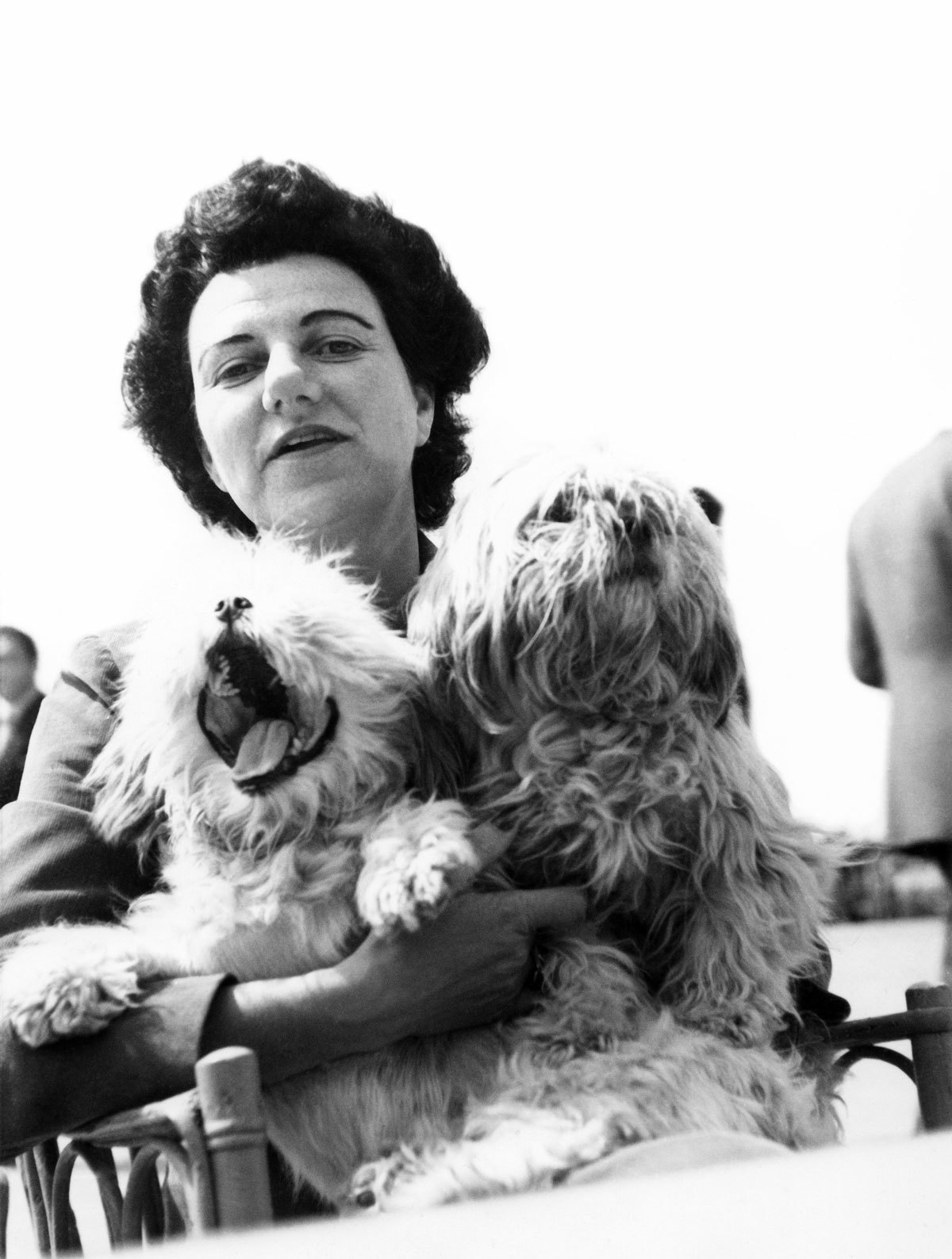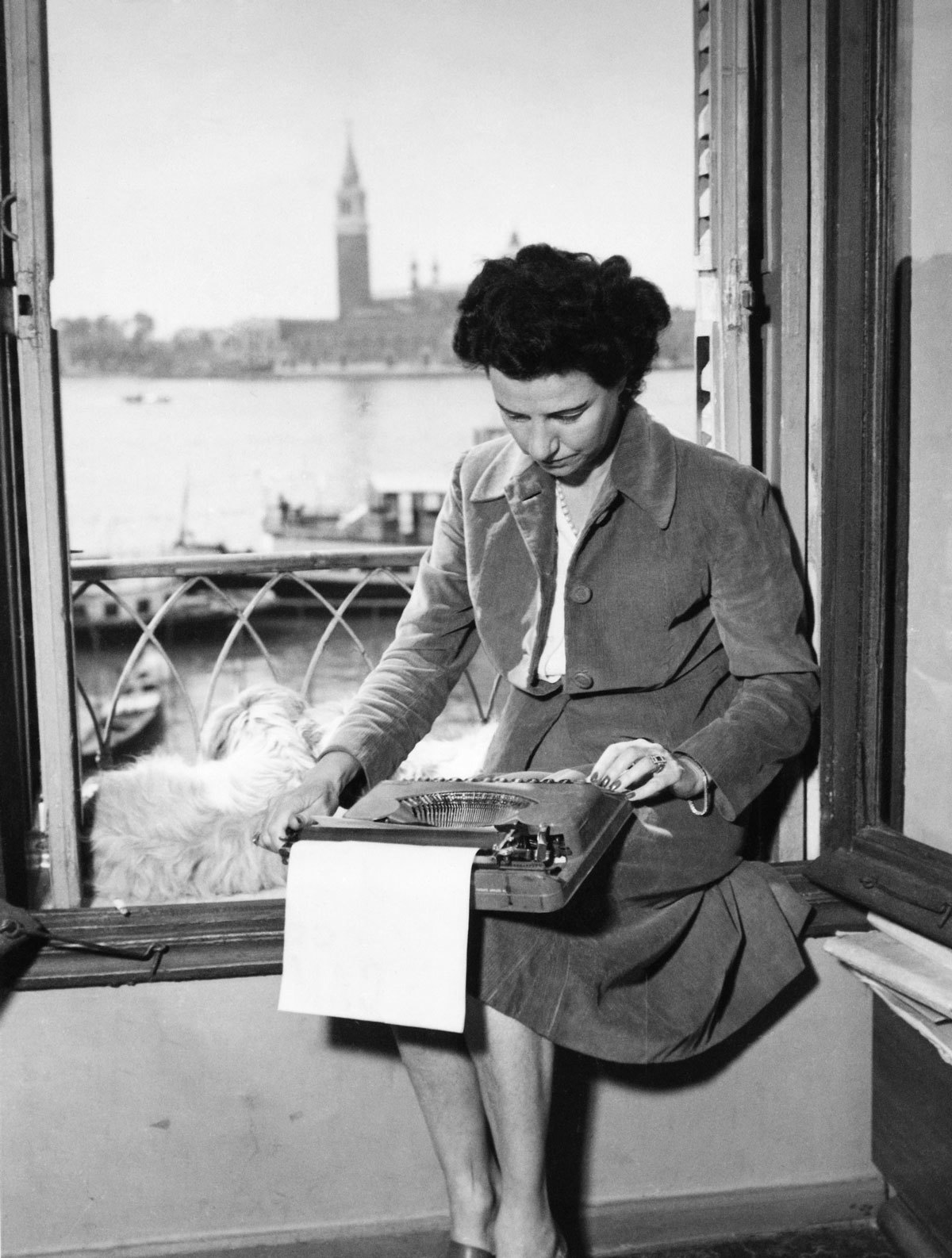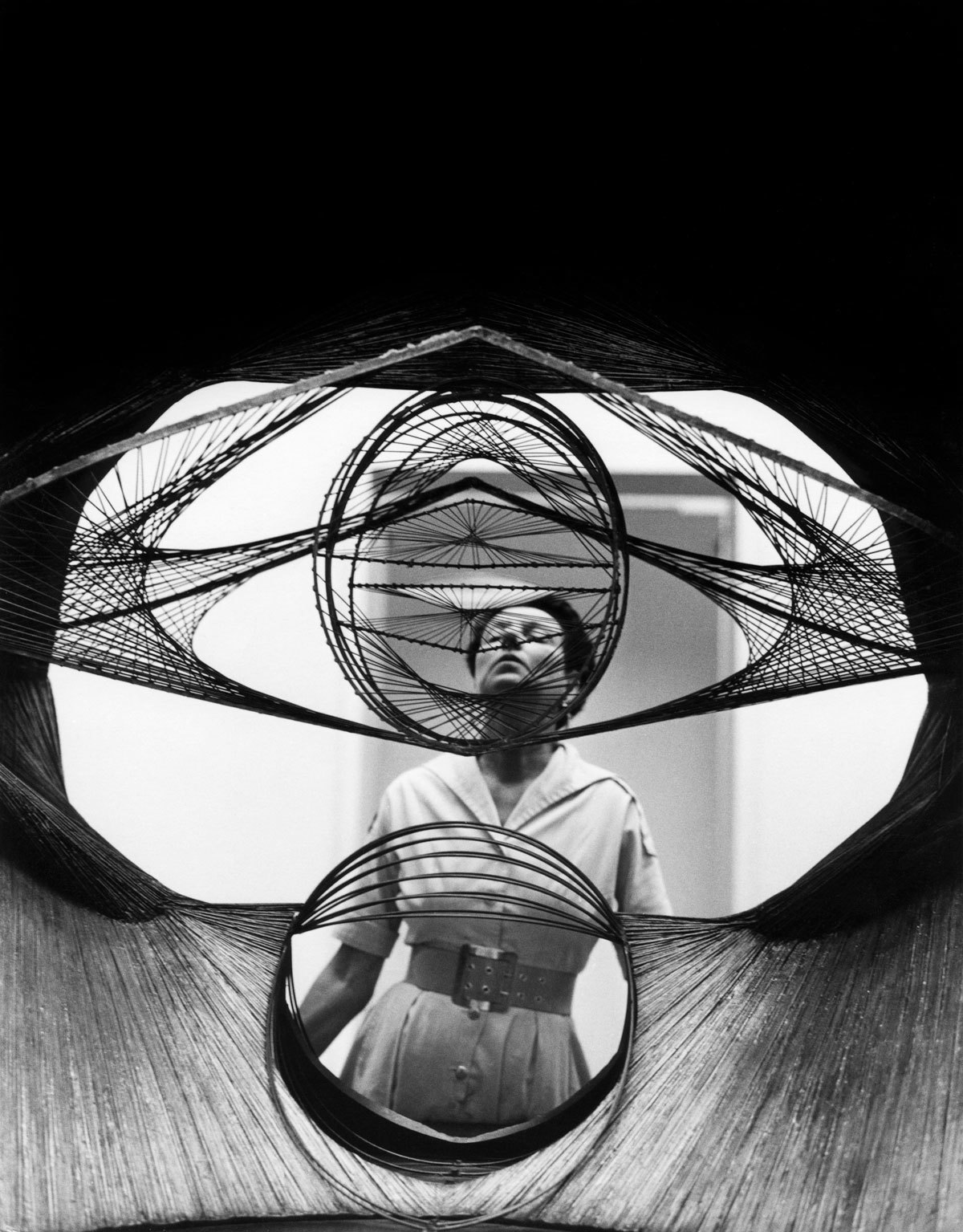Lisa Immordino Vreeland’s first documentary was about her grandmother-in-law Dian Vreeland and the impact the legendary Vogue and Harper’s Bazaar editor had on fashion, magazines and art. Vreeland’s personal life in The Eye Has to Travel, from high society America to bohemian Paris and back to 1950s Manhattan, was as colourful as the magazine pages she curated.
In this, her second feature, Vreeland turns her lens on the art world and another equally colourful unsung heroine of 20th Century culture. Peggy Guggenheim was cut from similar cloth to Vreeland – born into money but a rebel by instinct she became notorious for her much publicised affairs with artists from Samuel Beckett to Max Ernst. It’s an infamy the flames of which Guggenheim fanned with a tell-all autobiography, Confessions of an Art Addict.
It also overshadowed her achievements. Guggenheim was one of the most significant collectors of modern art; her curation helped establish the movement. She championed Jackson Pollock from the off, saved significant work from destruction by the Nazis during World War II and established Venice as home to modern art when she opened her museum there, The Peggy Guggenheim Collection in 1947. But this is only a tiny part of the Guggenheim story, the whole of which the filmmaker Vreeland adroitly covers in this tight, artful documentary about another extraordinary modern woman. Here, Vreeland talks to us about celebrating the curator once again.

Peggy Guggenheim’s life was full of incident that could fill an entire film, like her father dying on the Titanic in 1912. Was the biggest challenge to get in all the factual drama?
Yes, and it is drama. Drama with trauma. When I first started I knew the reality of Peggy’s life but I didn’t put all the pieces together and deal with the fact we had to make a film out of this. We could have made a perfect mini series. We asked what lovers would we talk about? What art shows? We excluded a lot of important shows.
No one had created an all female art show before as she did with Exhibition by 31 Women in 1943. But her critics characterised her as guileless. Was it simply prejudice that she didn’t get the recognition she deserved?
31 Women is a great story because she’s a woman. But no it wasn’t simply prejudice. Her own personality overshadowed her accomplishments. She was not taken seriously by a lot of people. Before his film if you’d have looked her up online, most people would know how many men she had sex with, not her accomplishments. She had a hand in making up this history because she wrote about it in her book.

What were her most significant accomplishments?
There are not so many people who are implicated in art in so many different countries. She had a hand in modern art in England, the United States, Italy. She was a facilitator, a conduit, in the middle of all that.
So it’s not as simple as being underrated by a predominantly male art world?
They also were [underrating her], at the time. If you look at art historically, how she’s been covered in the books, she’s implicated in Pollock’s success but she’s [only] touched upon elsewhere.

Do you subscribe to the view aired in the film that she spent her adulthood buying all this art in a bid to repair her reputation from a reckless youth?
Her life was this evolution. She needed to break out of the restraints of home, she goes to Paris and has a fabulous time in the 20s. She’s free, she has love affairs. But I don’t think her life starts to take shape until she finds art. I don’t think there was much ego involved and that makes her much more attractive to me. She wanted to build a collection to share with the world. That’s not something that people did back then. I don’t think it was making up for the things she did when she was young; I think she would have had sex until the end of her life. She had a really modern approach to life at a time when women were not thinking like that.
How so?
When she showed up in Venice in 1947 with her collection she was a divorced woman, an American. Think of how ballsy it was to go somewhere like Venice, which is known for a certain kind of art, and she shows up with these crazy paintings. She showed them at the Biennale and had a huge influence on the Italian artists of the time. They’d never seen art that could explode off the canvas like a Pollock. They’d not even see a Kandinsky in colour, only reproduced in magazines.

How did you decide to approach her sex life in the film?
We used these tapes [that were kept in storage by another Guggenheim biographer] and she said on them: ‘My book is all about fucking.’ I had a tough time with that at first, I wasn’t sure if I wanted to put it in.
Why?
As a director you always want to protect your subject. There are certain things she said on the tapes that she probably did not think would make it into a film. The sex makes up a huge part of her story. If we didn’t include, it would have been an omission. There were a lot of other women sleeping around then; they just didn’t happen to be famous. It was courageous of her to talk about it because women didn’t do that.
Is the film an argument for re-evaluating the role of curator?
Yes. Peggy was smart to surround herself by the right people but at a moment she decided to make her own choices. When you look at her museum, you see the quality of paintings in there. It really is masterpiece after masterpiece. She really selected a moment in art history, from 1938 – 48, when she primarily did the most collecting. She made it clear she didn’t want to collect after that. She made it very clear. Andy Warhol showed up at Venice, called and asked if he could come see the collection and she said, ‘No you can’t.’ She was a tough cookie.
Peggy Guggenheim: Art Addict is in cinemas now
Credits
Text Colin Crummy
Main image Roloff Beny, Courtesy of National Archives of Canada.
